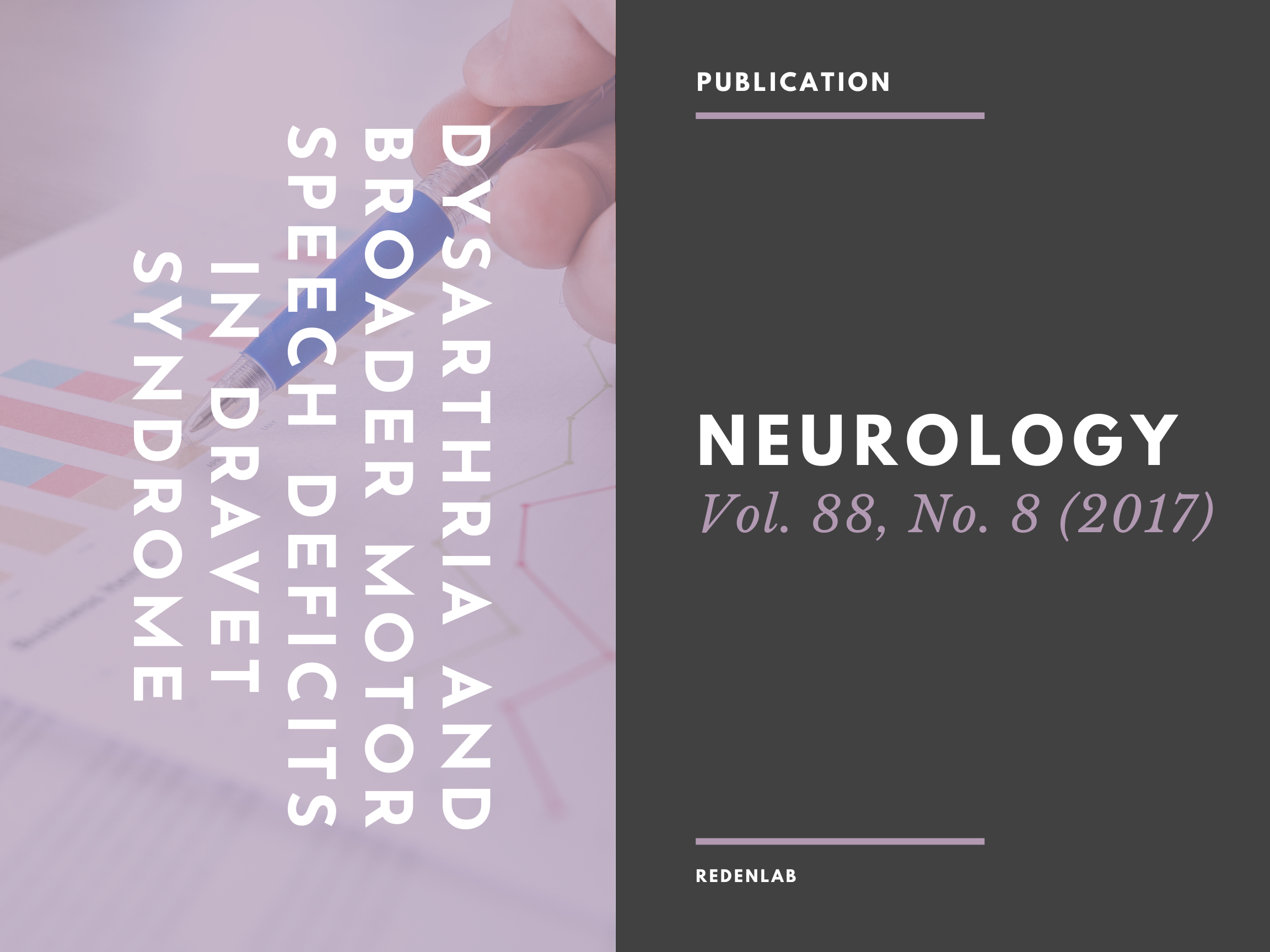SCIENCE: Dysarthria and broader motor speech deficits in Dravet syndrome

Objective: To analyze the oral motor, speech, and language phenotype in 20 children and adults with Dravet syndrome (DS) associated with mutations in SCN1A.
Methods: Fifteen verbal and 5 minimally verbal DS patients with SCN1A mutations (aged 15 months-28 years) underwent a tailored assessment battery.
Results: Speech was characterized by imprecise articulation, abnormal nasal resonance, voice, and pitch, and prosody errors. Half of verbal patients had moderate to severely impaired conversational speech intelligibility. Oral motor impairment, motor planning/programming difficulties, and poor postural control were typical. Nonverbal individuals had intentional communication. Cognitive skills varied markedly, with intellectual functioning ranging from the low average range to severe intellectual disability. Language impairment was congruent with cognition.
Conclusions: We describe a distinctive speech, language, and oral motor phenotype in children and adults with DS associated with mutations in SCN1A. Recognizing this phenotype will guide therapeutic intervention in patients with DS.
Click here for more details.
